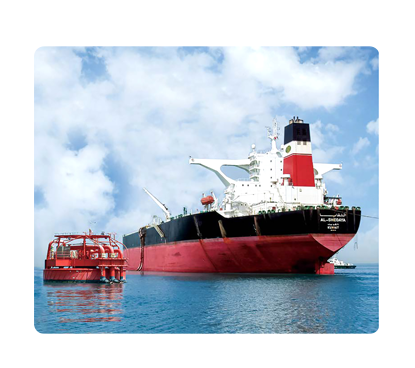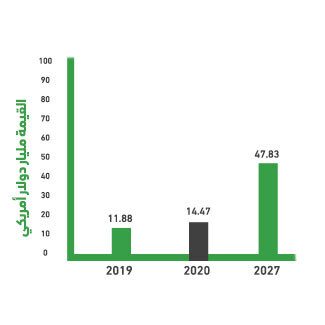The freight transport company is a key player in the logistics sector, offering integrated and diverse solutions for transporting goods and shipments between cities and countries, facilitating trade and strengthening connectivity between local and global markets. The company relies on multiple transportation methods to meet customer needs, from land transport, which provides flexibility in transporting goods via highways; to sea transport, which is characterized by its ability to accommodate large quantities of heavy shipments; to air transport, which ensures the speedy delivery of sensitive or urgent goods.

The freight transport company is one of the best choices for customers in the transportation and logistics sector. Its strength lies in a set of advantages that guarantee high-quality services and make it a profitable investment opportunity. First, the project enjoys a wide geographical spread, enabling it to cover numerous local and international markets, enhancing access to a diverse and growing customer base. Second, the company offers a variety of services, including land, sea, and air transportation, allowing customers to choose the most appropriate method based on their needs. Third, the company’s reliability ensures that goods are delivered on time and in excellent condition, thanks to its reliance on precise and disciplined management that monitors all operations to the highest quality standards. The company also relies on modern technologies to operate its operations, contributing to improved efficiency and reduced operating costs. Furthermore, the company offers cargo insurance, providing customers with peace of mind and complete protection for shipments during transportation. These advantages, combined with effective marketing strategies and continued expansion into new markets, make the freight transport company a profitable investment opportunity, offering significant growth potential and high financial returns, enhancing the project’s chances of success in the market.



Wide geographical presence
Diverse range of services
Reliability
Supervision by a meticulous and disciplined management team
Use of advanced technology in operations
Goods insurance service
Executive summary
Study project services/products
Market Size Analysis
Risk Assessment
Technical study
Financial study
Organizational and administrative study

Service sector in GCC countries
According to the macroeconomic theory of sectors, the economy is divided into three main and large sectors: the first; – is the sector that is based on collecting raw materials and includes mining companies, timber companies, oil exploration companies, in addition to agricultural and fishing industries. The second sector; is the sector that depends on goods and their sale, such as: (car manufacturing, furniture, clothing trade… etc.). As for the third sector, known as the “services” sector; it is the sector responsible for providing and producing services, essentially relying on intangible things, such as: entertainment, health care, transportation, hospitality, restaurants, etc. This theory believes that the more advanced countries are, the more their economies are based on the third sector, unlike primitive countries, which rely mostly on the first sector (the United States of America, for example, the service sector constitutes 85% of its economy).
Kingdom of Saudi Arabia:
The State of Qatar:
Kuwait:
United Arab Emirates:
Sultanate of Oman:
Global Service Sector
The service sector is the major contributor to the world’s gross product; It alone accounts for more than three fifths of this output. The sector does not rely on the production of tangible goods such as automobile and furniture, but rather on the provision of intangible services such as banking, medical care, transportation, hospitality, leisure, etc. The value of the sector market was estimated in 2020 at USD 10,814.49 billion and rose to USD 11,780.11 billion in 2021. The market achieved a CAGR of 8.9%. After recovering from the effects of the coronavirus pandemic, global market experts expect the sector’s market to reach US $ 15683.84 billion by 2025, bringing the market to a CAGR of 7% in the coming years.
